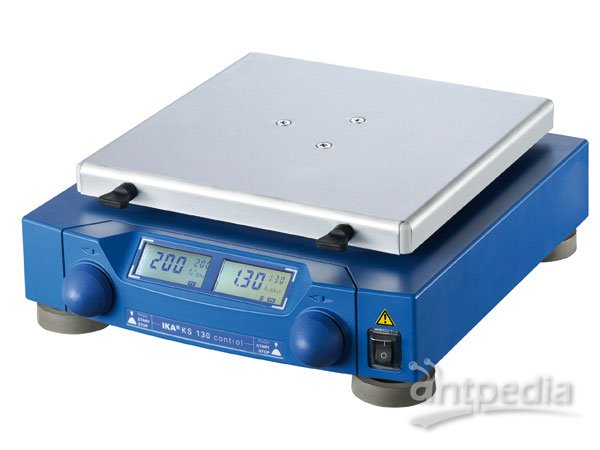SREBP control of lipid synthesis

Sterol-regulatory element binding proteins (SREBPs) play a key role in transcriptional regulation of cholesterol metabolism in response to cholesterol levels in the cell. When cholesterol is abundant in the cell, the SREBPs are retained in the ER. When cholesterol levels decrease, SREBPs are cleaved and released to act as transcription factors, binding to the promoters of genes such as the LDL receptor and HMG CoA Synthase. Binding of SREBPs to the LDL receptor promoter increases the expression of LDL receptor on the cell surface and increases the internalization of LDL from plasma, increasing cellular cholesterol levels and lowering LDL cholesterol in the plasma. Upregulation of genes such as HMG CoA synthase increases the biosynthesis of cholesterol. The SREBP proteins are cleaved and activated by two proteases, S1P (Site 1 protease) and S2P (Site 2 protease). S1P cleaves SREBP region in the ER lumen and S2P cleaves in the transmembrane region of SREBPs. Regulation by sterols is provided by SCAP. SCAP activates S1P when sterols are low, inducing SREBP activation, and does not activate S1P when sterol levels increase. Drugs acting at various steps in this process can alter cholesterol metabolism and plasma cholesterol levels that contribute to coronary heart disease. The statins such as lovastatin are drugs that inhibit cholesterol biosynthesis, lowering intracellular cholesterol levels and activating SREBP cleavage to increase LDLR expression on the cell surface. Inhibition of S1P may provide another mechanism to alter plasma cholesterol levels, as suggested by the low cholesterol levels in mice lacking the S1P gene. Ligands that bind to SCAP also lower cholesterol levels through induction of LDLR expression.
Contributor:
REFERENCES: Brown MS, and Goldstein JL. A proteolytic pathway that controls the cholesterol content of membranes, cells, and blood. PNAS, vol 96(20), September 1999, 11041-8. Grand-Perret T, et al. SCAP ligands are potent new lipid-lowering drugs. Nat Med, vol 7(12), December 2001, 1332-38. Matsuda M, Korn BS, Hammer RE, Moon YA, Komuro R, Horton JD, Goldstein JL, Brown MS, Shimomura I. SREBP cleavage-activating protein (SCAP) is required for increased lipid synthesis in liver induced by cholesterol deprivation and insulin elevation. Genes Dev 2001 May 15;15(10):1206-16 Sakai, J., et al. Molecular identification of the sterol-regulated luminal protease that cleaves SREBPs and controls lipid composition of animal cells. Mol. Cell., vol 2(4), 1998, 505-14. Towle, Howard. Glucose and cAMP: Adversaries in the regulation of hepatic gene expression. PNAS, vol 98(24), November 2001, 13476-13478. Yang, Jian, et al. Decreased lipid synthesis in livers of mice with disrupted Site-1 protease gene. PNAS, vol 98(24), November 2001, 13607-12.




















